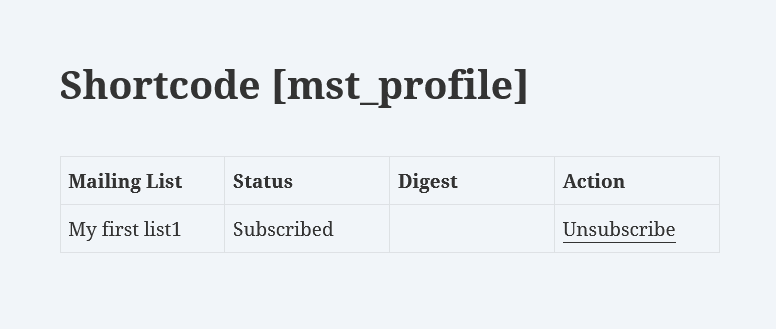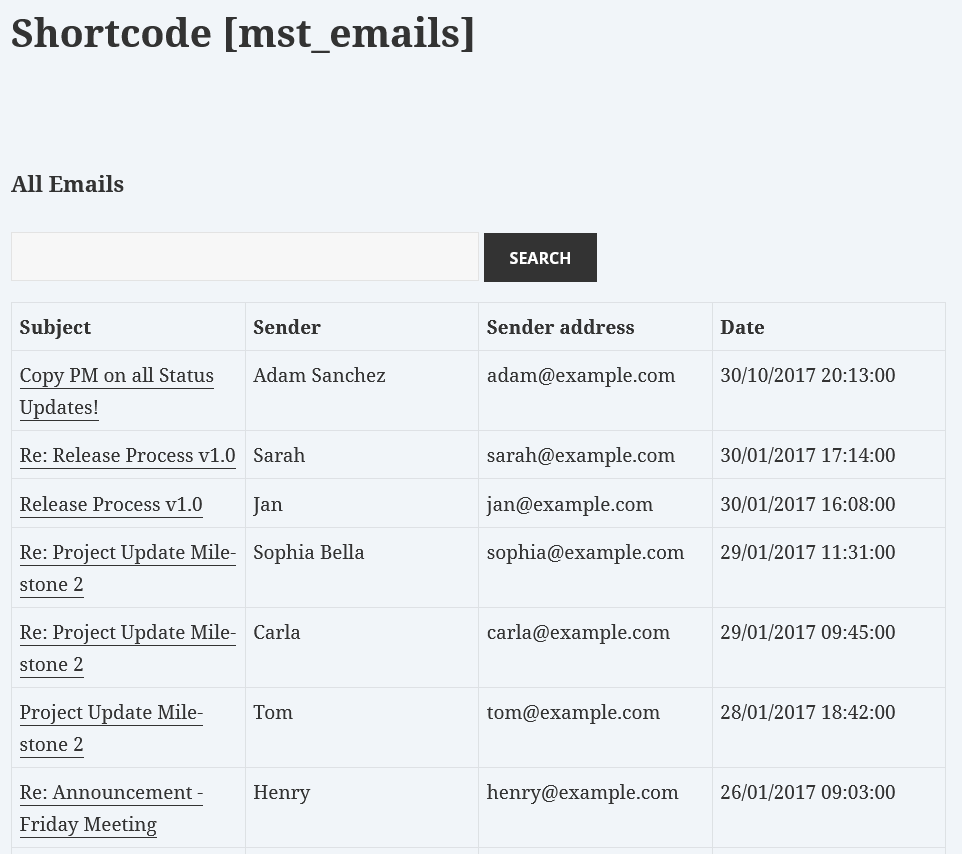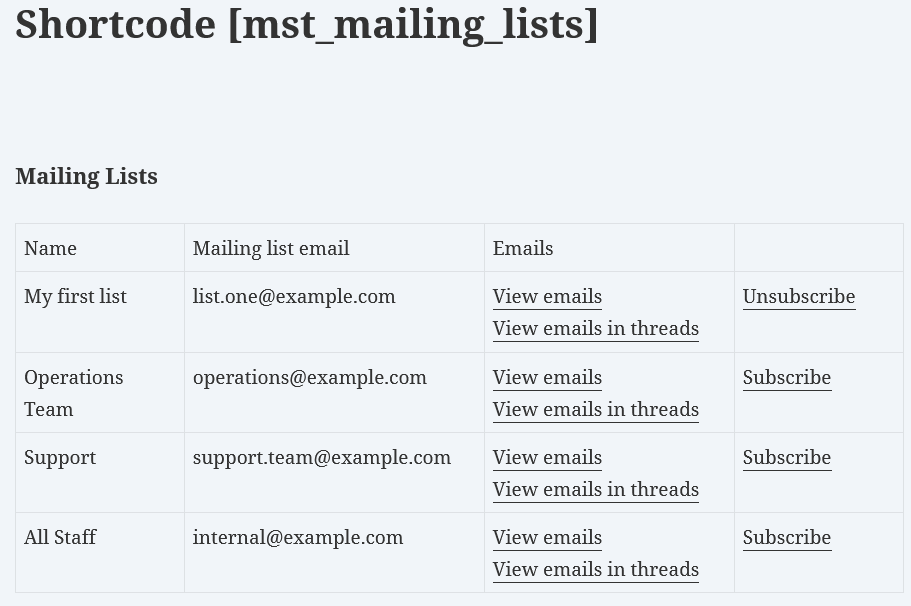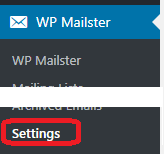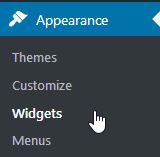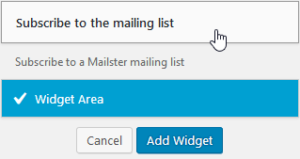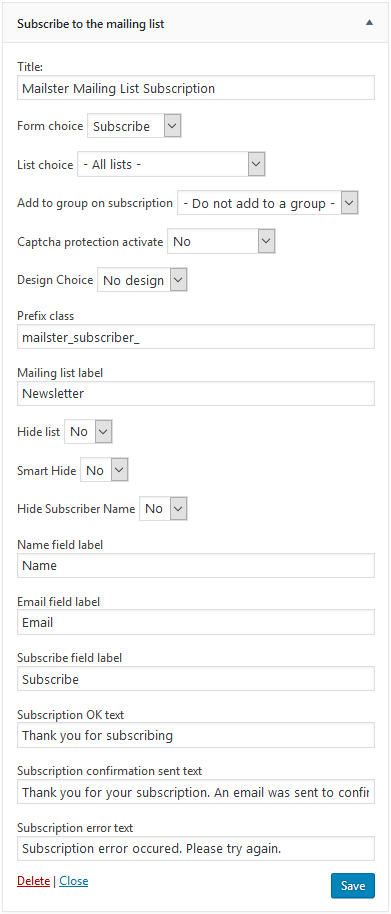White Screen of Death? What is this error 500?
A 500 error is an internal server error. It usually means that there’s an error in the software running on the server or misconfiguration of the server.
The message “internal server error” is very generic and thus does not indicate which exact problem occurred. There are often situations where you only see a “white screen of death” that does not give you any hint what is going wrong.
How can I find out the root cause?
Depending on your webhoster there are different options available.
PHP Error Log
Many hosters provide the option to access PHP’s error log through their web interface (e.g. cPanel). Look for entries like “Fatal Error”.
Show Error in Browser
By default WordPress suppresses all errors and warnings. We can tell WordPress to show the problem by editing the wp-config.php file.
Note: this means changing PHP code. Be very careful when doing so as you might introduce errors here.
Set the WP_DEBUG value on like this:
define( 'WP_DEBUG', true );
That should print the error on the screen. More likely, it will also show non-critical notices and warnings. Since it may reveal a lot of interna about your site it is not always good to show the errors on a public live site.
But you can do something about that by setting two further configuration settings to:
define( 'WP_DEBUG_DISPLAY', false );
define( 'WP_DEBUG_LOG', true );
This will prevent the errors being shown on the screen and will tell WordPress to write the error to a log file in your content directory.
What should I do when this error is coming from WP Mailster?
What if you cannot login to the site?
Stop the Plugin via FTP
In case WP Mailster is the plugin making trouble: don’t worry, there is a way to login to the site by telling the WP Mailster plugin to stop it’s execution.
Create a text file called “no_mst_plg_exec.txt” or “no_mst_plg_exec” and upload it via FTP to the WordPress uploads directory (a subfolder of the WordPress content directory). It is not important what is in the file (it can be empty), but the filename has to be exactly one of the both mentioned variants.
After creating the file you should be able to login to access your site’s backend, again.
Then disable all your mailing lists.
If you already know that this problem is due to a very large email sitting in the inbox (PHP out of memory error): directly navigate to your mailing list’s settings, in the “Tools” section and use the link to delete the first email from the inbox. After fixing the error do not forget to reactivate the mail plugin.
If the error is caused by something else do reach out to our support.
What if I cannot access FTP, how can I disable the email forwarder plugin?
If you cannot access the site via FTP you need to go directly into the database (e.g. using phpMyAdmin) and deactivate the mailing lists there.
This can be done by opening the [prefix]_mailster_lists table. For all entries set the value of the “active” field from 1 to 0.

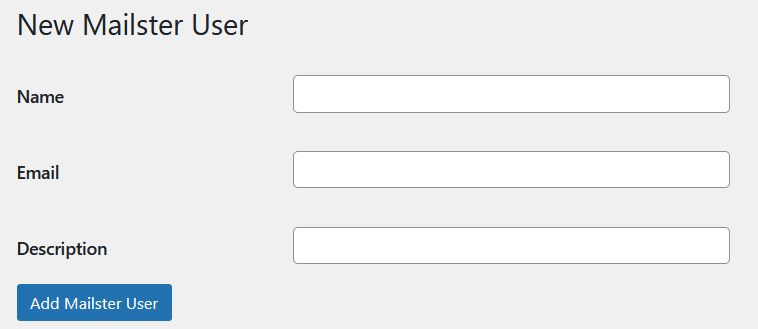

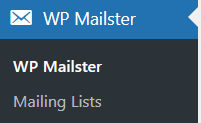
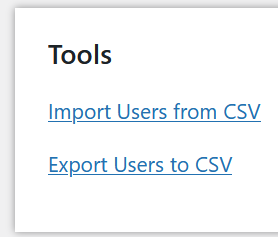
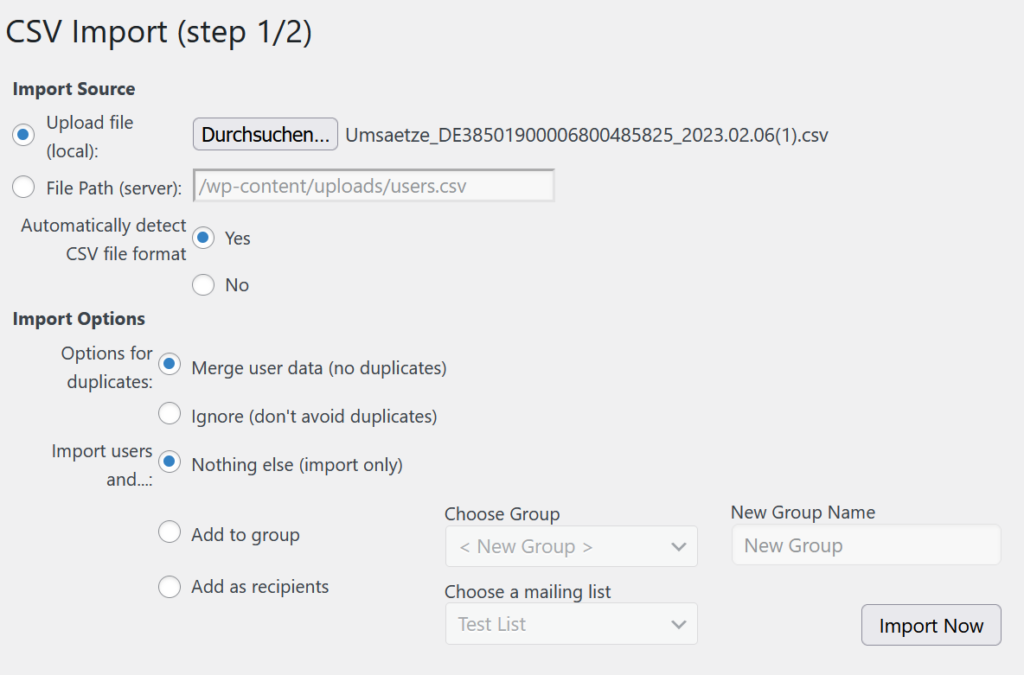
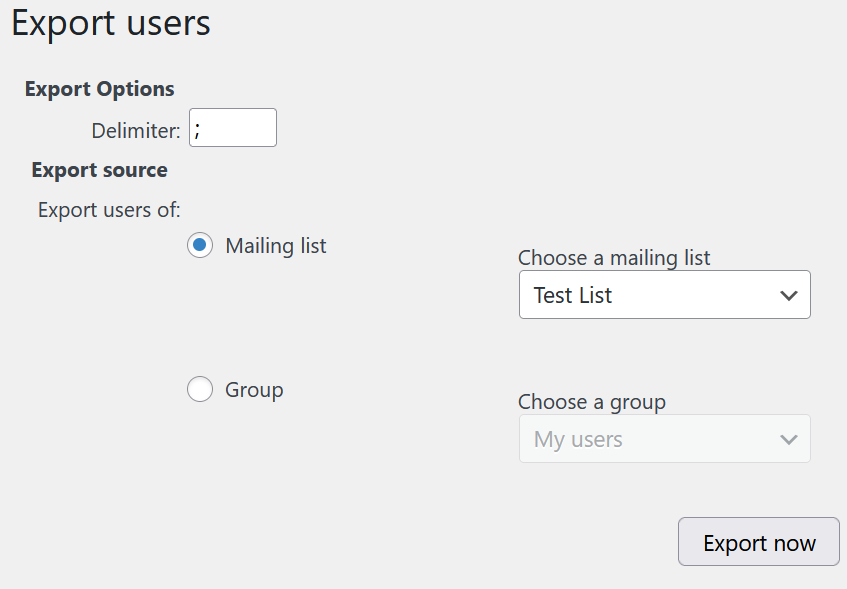
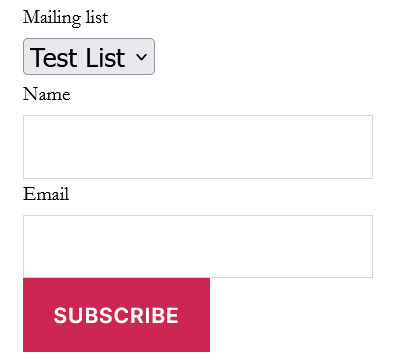
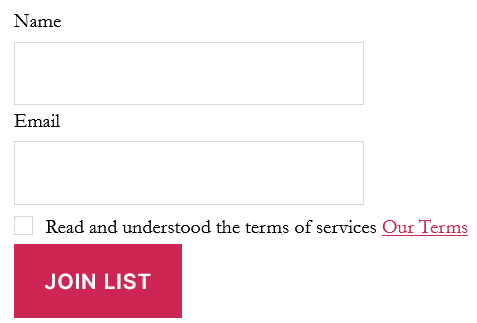
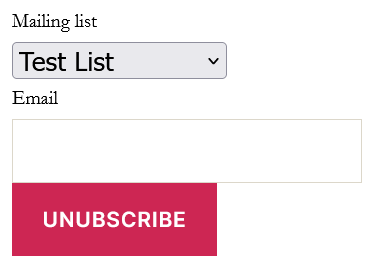
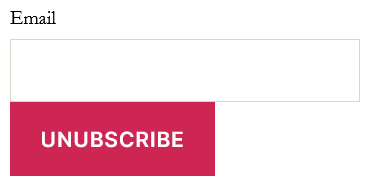

 With this functionality WP Mailster will look at where the emails sent to the list are coming from and decides between “normal” email providers and the “DMARC relevant” ones. Nothing will change for the first group.
With this functionality WP Mailster will look at where the emails sent to the list are coming from and decides between “normal” email providers and the “DMARC relevant” ones. Nothing will change for the first group.